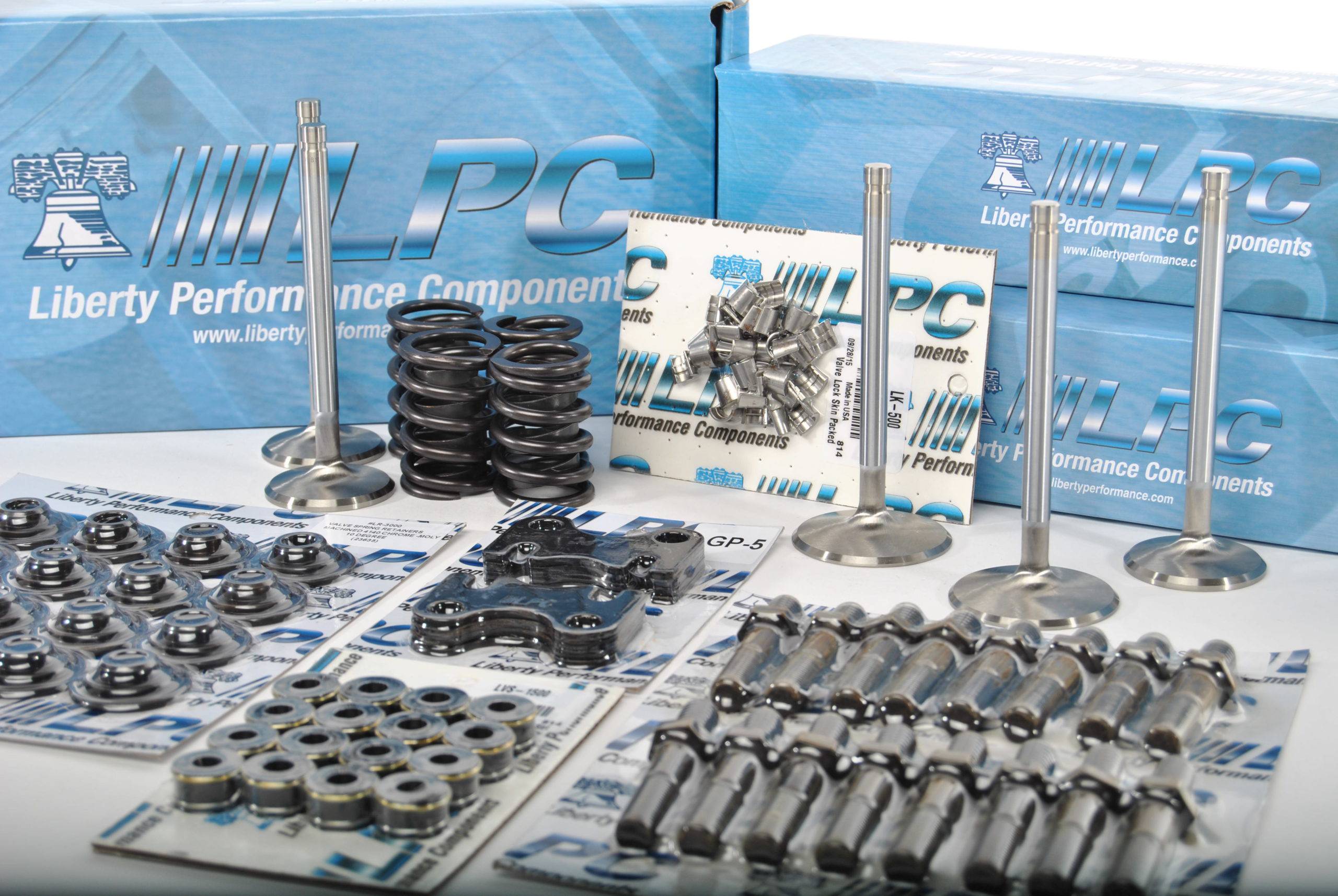
In the realm of motorsports, where milliseconds determine victory, race car parts are not just components but the culmination of cutting-edge technology and meticulous craftsmanship. From crankshafts that harmonize engine dynamics to valve springs ensuring precise timing and connecting rods transmitting power with resilience, each element plays a pivotal role in shaping the performance and reliability of high-speed vehicles under extreme conditions.
Table of Contents
Crankshafts: Powering Precision and Performance
At the heart of every race car engine lies the crankshaft, a marvel of engineering that converts linear motion into rotational power with unparalleled efficiency. Crafted from aerospace-grade alloys and honed through advanced machining techniques, these precision-engineered shafts endure extreme forces while maintaining critical balance and durability, essential for achieving maximum performance on the track.
Valve Springs: Precision Timing for Peak Engine Performance
Precision in timing is non-negotiable in the world of motorsports, where every valve opening and closing must occur with split-second accuracy. Valve springs, engineered from high-strength alloys and subjected to rigorous testing, ensure consistent valve operation across the entire RPM range, optimizing engine performance under the most demanding conditions.
Connecting Rods: Linking Power and Durability
Connecting rods serve as the vital link between the crankshaft and the pistons, transmitting power from combustion to rotation with unwavering reliability. Machined to exacting tolerances from materials such as forged steel or lightweight titanium, these rods are engineered to withstand the intense pressures and vibrations of high-speed racing, minimizing weight while maximizing strength.
Innovation and Evolution in Race Car Parts
Pushing the Boundaries: Advancements in Materials and Design
The pursuit of excellence in motorsports drives continuous innovation in race car parts. Advanced materials like carbon fiber composites and ceramic matrix composites are revolutionizing component design, offering superior strength-to-weight ratios and thermal management properties. Meanwhile, additive manufacturing techniques are enabling complex geometries and rapid prototyping, accelerating the pace of development on and off the track.
Precision Engineering: The Art of Performance Optimization
From wind tunnel testing to computational fluid dynamics (CFD), every aspect of race car parts undergoes meticulous analysis and optimization. Aerodynamic profiles are refined to minimize drag and maximize downforce, enhancing stability and cornering performance. Structural simulations ensure components withstand forces far beyond everyday limits, ensuring reliability in the heat of competition.
The Impact of Race Car Parts on Performance
Beyond Speed: Enhancing Driver Confidence and Control
In motorsports, where victory often hinges on the slightest advantage, the reliability and performance of race car parts can make the difference between podium finishes and also-rans. Enhanced responsiveness, improved handling, and reduced mechanical losses contribute to a driver’s confidence, allowing them to push themselves and their vehicles to the limit.
Conclusion: Engineering Excellence in Motion
As motorsports continue to evolve, the role of race car parts in shaping performance and pushing boundaries cannot be overstated. Each component, from crankshafts to valve springs and connecting rods, represents the pinnacle of engineering achievement—a blend of innovation, precision, and relentless pursuit of speed. In the dynamic world of racing, where every second counts, these components are not just tools but the defining elements of victory.








